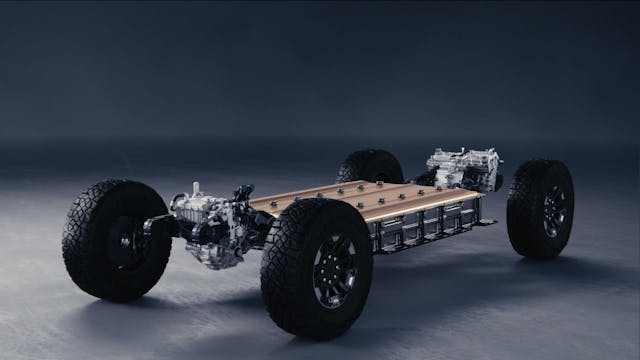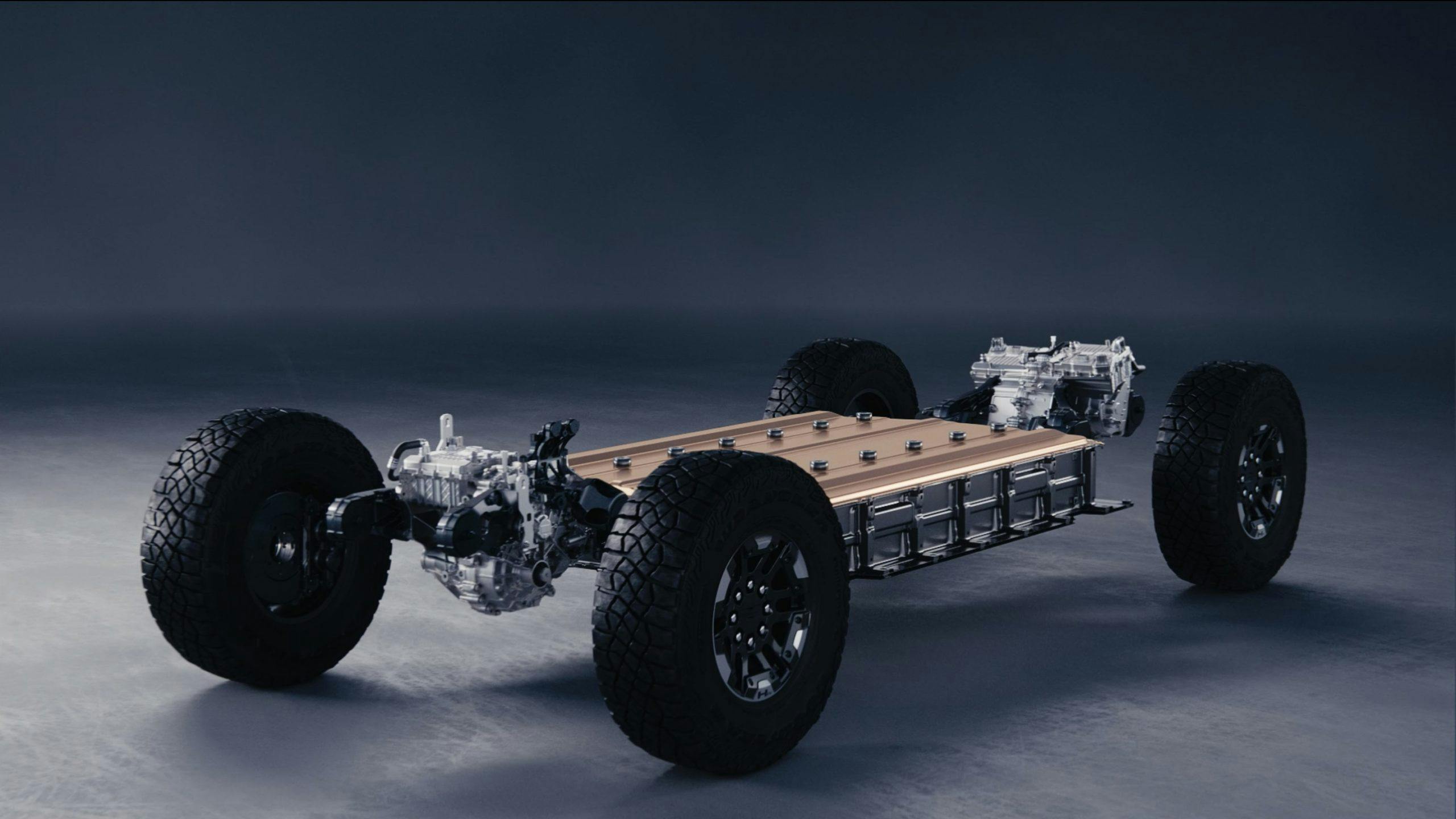Media | Articles
GM Patents Clutch for EVs, No Pedal Required
A patent secured by GM Global Technology Operations LLC and published on May 16, 2024, hints that GM is developing a clutch for use on some of its future electric vehicles. The patent describes a method of operating a vehicle’s clutch using an actuator device that relies on measuring fluid pressure to determine the position of the piston within the actuator. The writing is naturally very technical and dense, but we think we’ve managed to parse out the important bits.

Some outlets have speculated that this patent means GM is planning three-pedal EVs so that drivers can shift their own gears. Nothing in the patent document suggests that. On the contrary, the patent includes several inputs for the clutch operation and the driver is only one of them. There’s no mention of a clutch pedal whatsoever.

There are a lot of applications within GM’s current and future EV portfolio for which this patent makes plenty of sense. Permanent magnet electric motors, like the ones GM is currently using on the GMC Hummer EV, Silverado EV, and Cadillac Lyriq, are quite efficient and power-dense. Their drawback is that they don’t allow a vehicle to coast freely when directly linked to the transmission, as the design inherently creates more drag than an induction motor. This patent suggests that GM hopes to use an electronically actuated clutch to decouple the electric motor from a transmission when it’s not needed. The clutch system could link the motor to the transmission for accelerating, decouple for coasting, and reengage for regenerative braking, reducing drag and increasing range. It could also enable the use of multiple gears, similar to the Porsche Taycan’s two-speed gearbox, though how the driver would initiate a shift remains unknown.
Just like in an ICE vehicle, improving EV efficiency can have benefits for the manufacturer and the consumer. We hope that this patent leads to EVs that go further every charge or perhaps go the same distance but with lighter, less expensive battery packs.
***
Marketplace
Buy and sell classics with confidence
Check out the Hagerty Media homepage so you don’t miss a single story, or better yet, bookmark it. To get our best stories delivered right to your inbox, subscribe to our newsletters.














I have said there is no reason why they could not build a EV with a manual transmission for those that want yo shift.
Also I never understood why there has not been the use of Overdrive to extend battery range on trips out of town in highways. Most EV models go well in town but highways have hurt range.
If only there was something like this now with less complexity and less environmental damage…..
They just need to Google “sinusoidal fluid clutch”